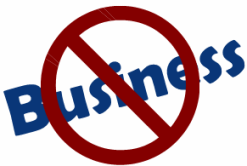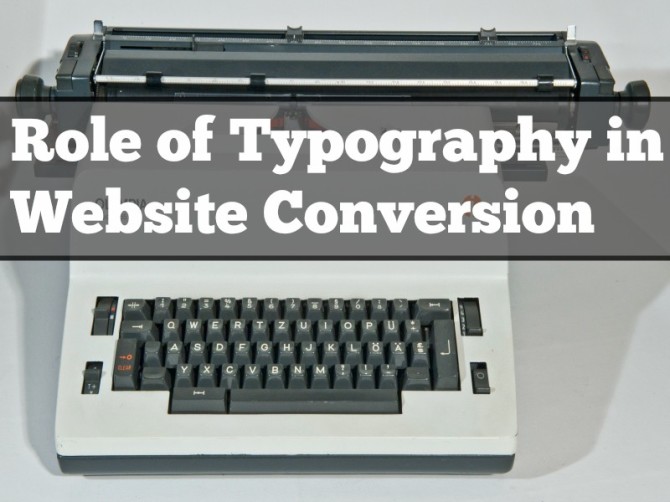Today, for any business to thrive well in online business, it must have an excellent website. The website should be able to attract and maintain new and old customers. To ensure that the website is in perfect working condition, especially structurally, it must be tested, adjusted and retested prior to launching.
Five Keys Components that Make a Killer Sales Website
1) The design makes, or breaks the intended objective of a website; selling products or services. Better differentiation of graphics, user manuals and literature makes the user to have easy navigation; confusion is eliminated.
The colors, the font sizes and types must also reflect the products, services and the targeted audience. The business should use expertise from all required people such as the content creators and editors, web designers, web developers, marketers and graphic designers.
2) A good vendor website must be functional. It must meet all the requirements to disseminate information and enable easy purchases of goods. The code should allow easy updating of all functions such as the products, information, prices, offers and discounts.
The website manager should be able to access and update it anywhere, anytime and using any computing gadget. Any delays mean loss of revenue.
3) The security of a business website is paramount. The business information as well as the customer’s information must be guarded or protected at all costs. The site should be installed with the latest software to prevent any unauthorized access.
Any security breach is very expensive to the business. And, if customer’s information is stolen, it might be used illegally making the customers incur losses and lose confidence in the company.
Recommended Post: 5 Ways To Get Your Visitors Back To Your Website
4) For any commercial website to attract customers it has to be marketed. Website and product promotions can either be online or offline. The offline promotion includes paid media advertisements for both audio and audio-visual media such as television and radio.
Other offline media are magazines, promotional ideas, billboard and brochures. On the other hand, online marketing includes link exchange, online banners, SEO content. Pay per click (PPC), pay per view (PPV) among many others.
5) Any product sold must be supported even after the sales. The company should check on whether a customer satisfaction or quality assurance was really met.
The website should allow the customers to make reviews and recommendations without intimidation. The customer support department must also be accessible through emails, query forms, telephone and real time chats.




